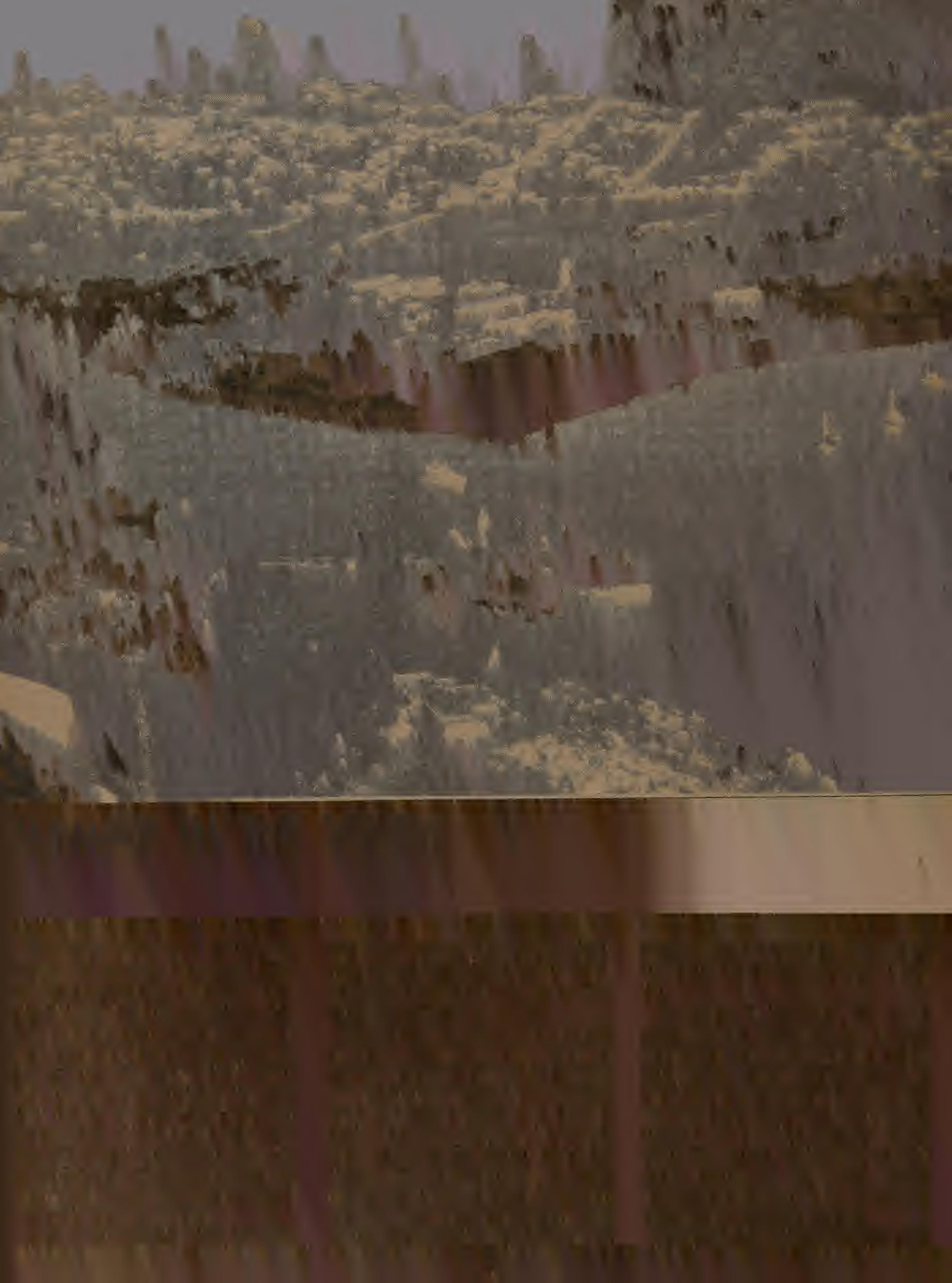
8 minute read
summer in baja
SUMMER IN THE SOUTH
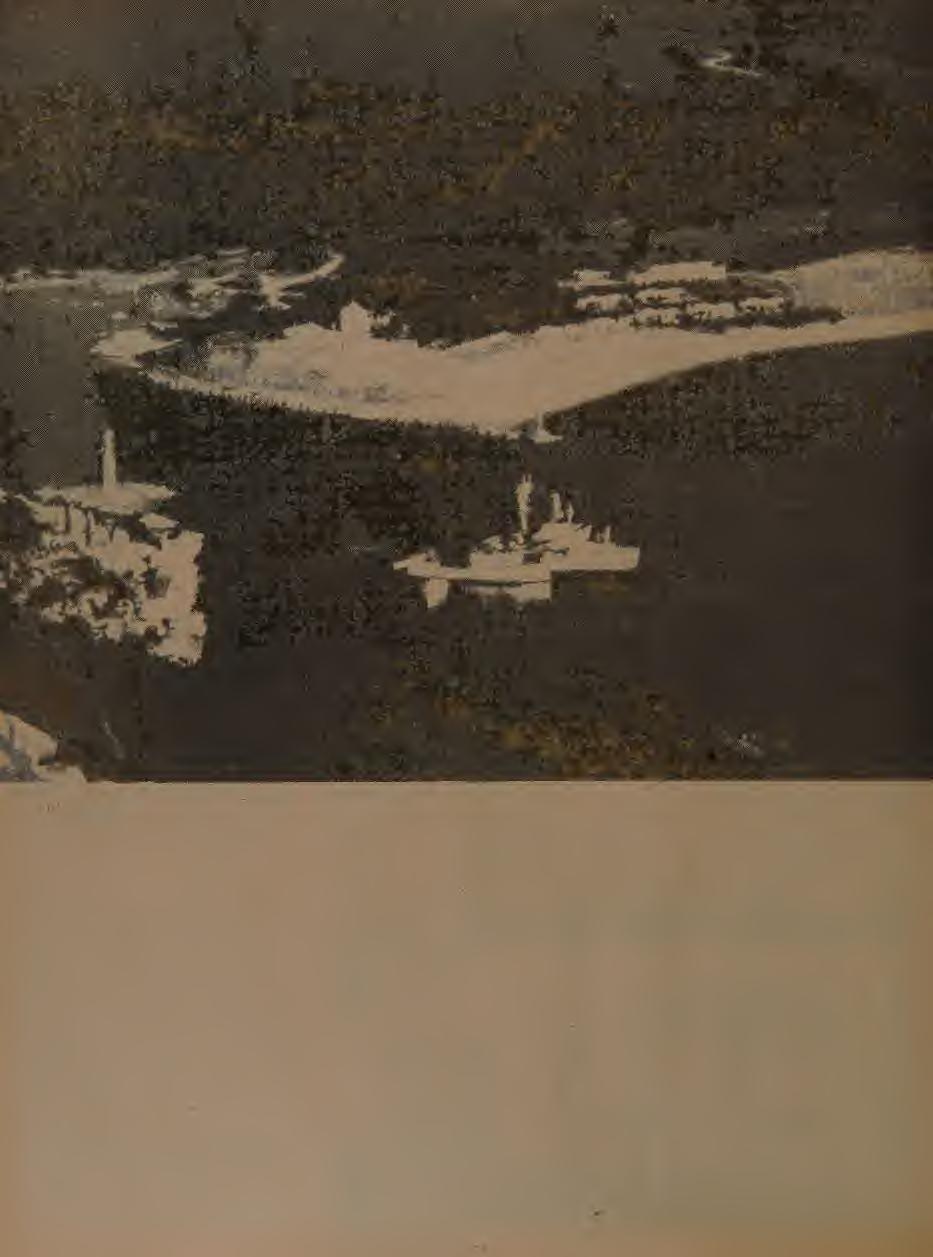
Advertisement
The big photo above is of the outer harbor and beautiful downtown Cabo San Lucas, gateway to cruising in Baja. Last February, Max Zenobi and his wife, Vera, left Sausalito in their Bounty II yawl. Maverick, bound for points south and perhaps Italy where Max’s father lives. By the end of February, Max and Vera arrived at Cabo San Lucas and entered Baja. It’s 8 months later, and they still haven’t found their way out yet. Rather than sail halfway around the world, they kicked into ‘cruising speed’ and sailed halfway up Baja.
Late in the summer, Vera and Max took turns coming back to San Fran¬ cisco, getting their visas renewed, work¬ ing a little for some cruising money, and getting grossed out by city life.
Max was a little jumpy while he was up here; because it was hurricane season in Baja and Vera would be alone with the boat. He needn’t have worried. Although Vera is under 5-ft. tall and weighs less than 100 lbs., the former floor broker on the Pacific Coast Ex¬ change had really taken to the boat. After it had rained 16 inches in one day and the anchorage got sloppy, Vera simply singlehanded the boat up thg coast to another anchorage. She chang¬ ed the oil and replaced the spark plugs, too.
The photo at right is of Max and a yellow fin tuna (Max is the one wearing the baseball cap.) It’s at Puerto Escon¬ dido, which means ‘hidden harbor’ in Spanish. It’s an appropriate name since the anchorage is hard to find, but for sailors in the summer, finding it is well worth the trouble. Summer is the hur¬ ricane season ‘in Baja, and Puerto Escondido is reputed to be among the most secure hurricane harbors.
Paradoxically, hurricane season is the
. ..*< ,/ : ' .'V ... - "> ..,
I
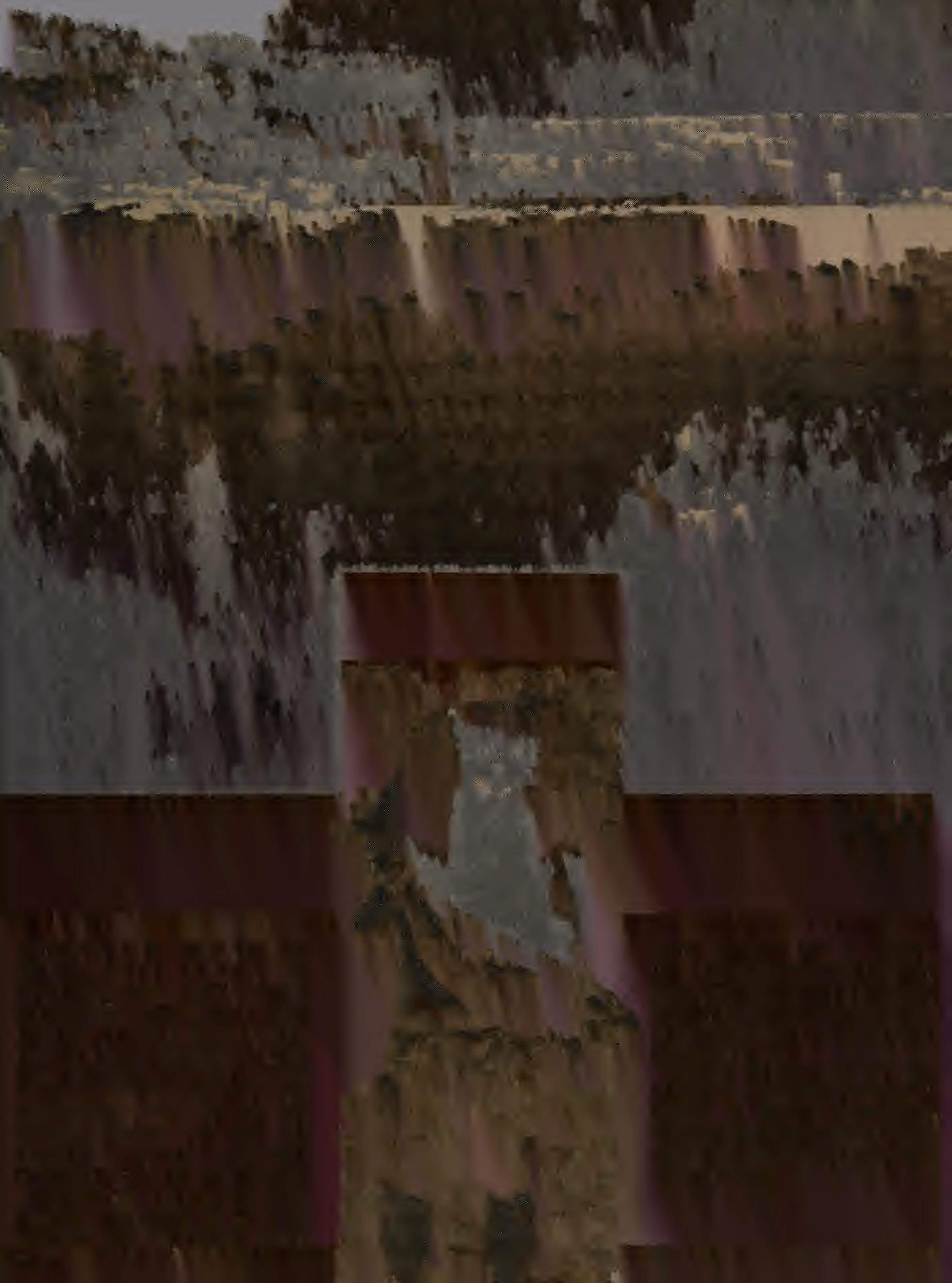
calmest time of the year in Baja. Eric and Kay Peterson who are on the Hughes 48 ketch, Caprice, recall a maximum wind speed of about 15 knots for the whole summer. The most impor¬ tant piece of boat equipment they could think of was a big awning so you can sit in relative comfort in the cockpit. Air temperatures during the d'ay are generally between 100 and 115 degrees. Summer nighttime temperatures rarely ever got below 80. Maverick and Caprice, both from Sausalito, were among the 25 or so boats that spent the summer in the Puerto Escondido area. In summers past, there might have been 5 or 6 boats taking their chances against the summer hurricanes in this area. Puerto Escon¬ dido, like all of Baja, is becoming more popular all the time.
While he was visiting up here, Max dropped off some slides of Maverick’s summer in Mexico. Slides don’t reproduce particularly well in black and white, but we thought we’d share them with you anyway.
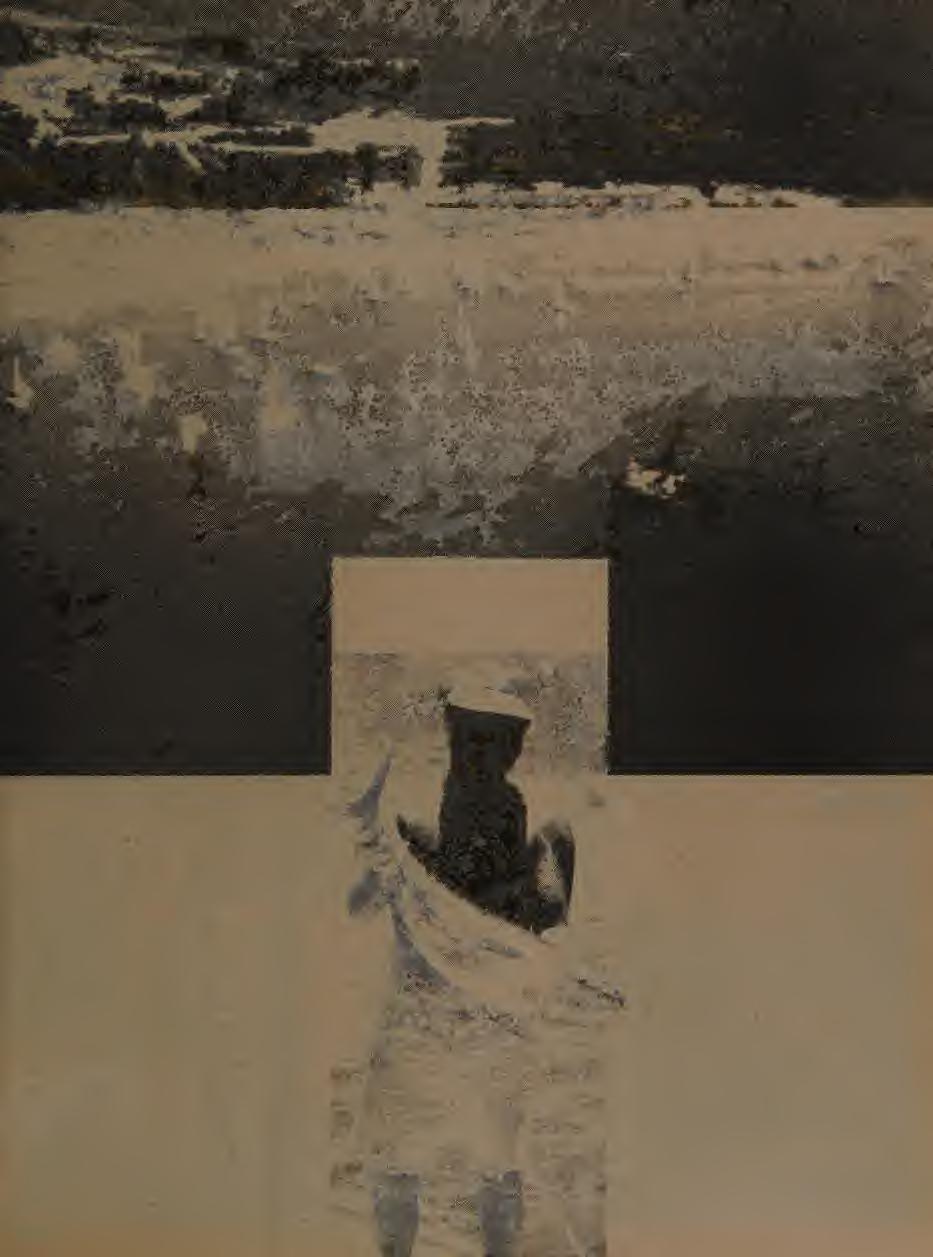
Below In late Spring, 'Maverick' hits some of the last winds of the year on her way from Cabo San Lucas to La Paz. When Max got to La Paz his yankee was shot. He dragged a 21-year old Ratsey 170 genoa to Don Jose Abaroa’s boatyard. There an old man layed out the big sail on the sand, pulled out a razor sharp knife, and began to cut the leach. Despite just ‘eyeballing' it, he made a good cut. He Later sewed up the seam on the leach and Max had an adequate yankee for $25. Cruisers are frequently thrifty that way. Above. The picture above is of Bahia Aqua Verde, which those of you who passed Spanish IV may be able to translate into an English equivalent. The boat in the picture is the 20-ft. Mermaid sloop, 'Mischief.' We wrote a bit about Tom and Barbara in the Spring of last year when they were,in Cabo San Lucas. As the summer went on, cabin-fever apparently broke out and ‘Mischief was shipped ,

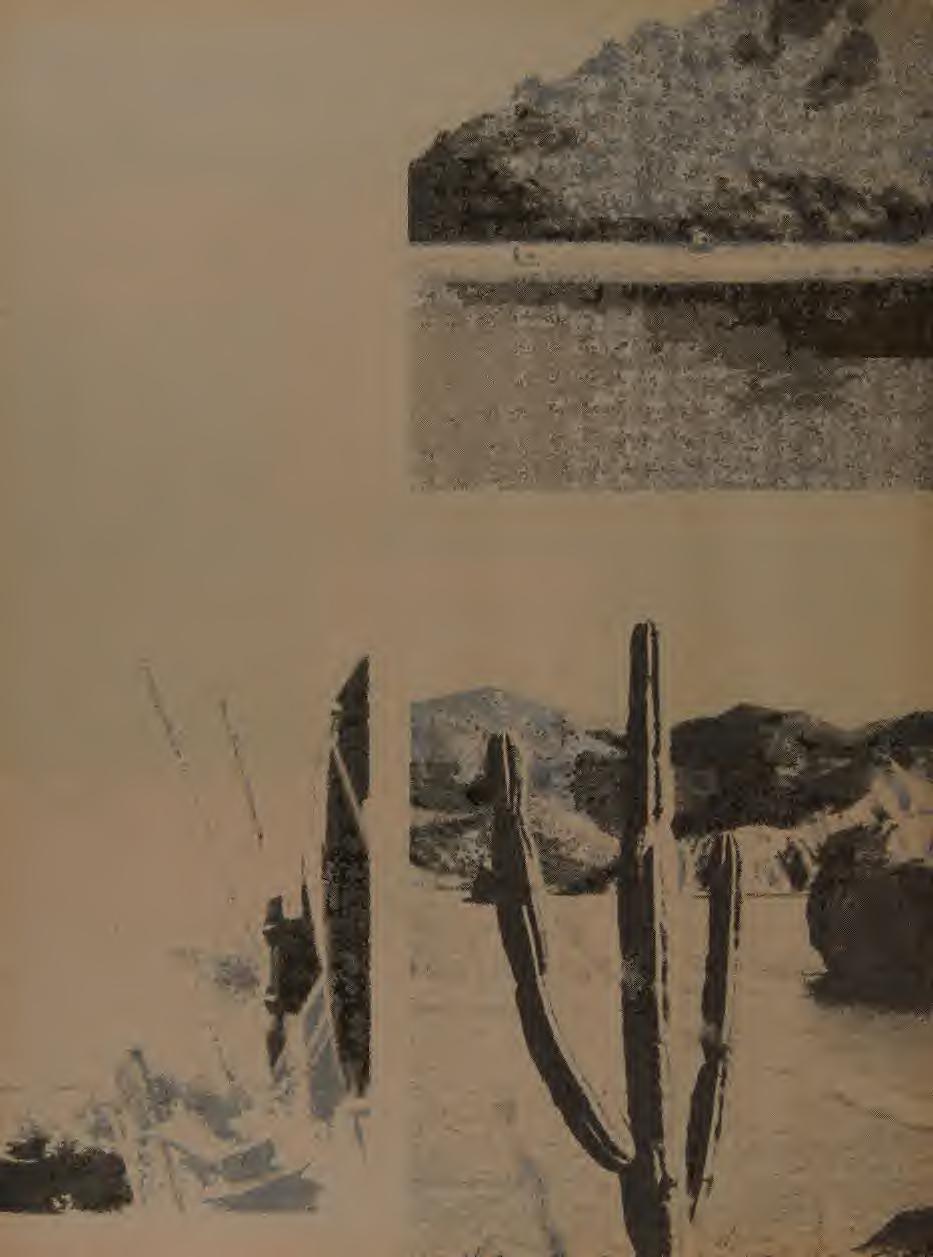
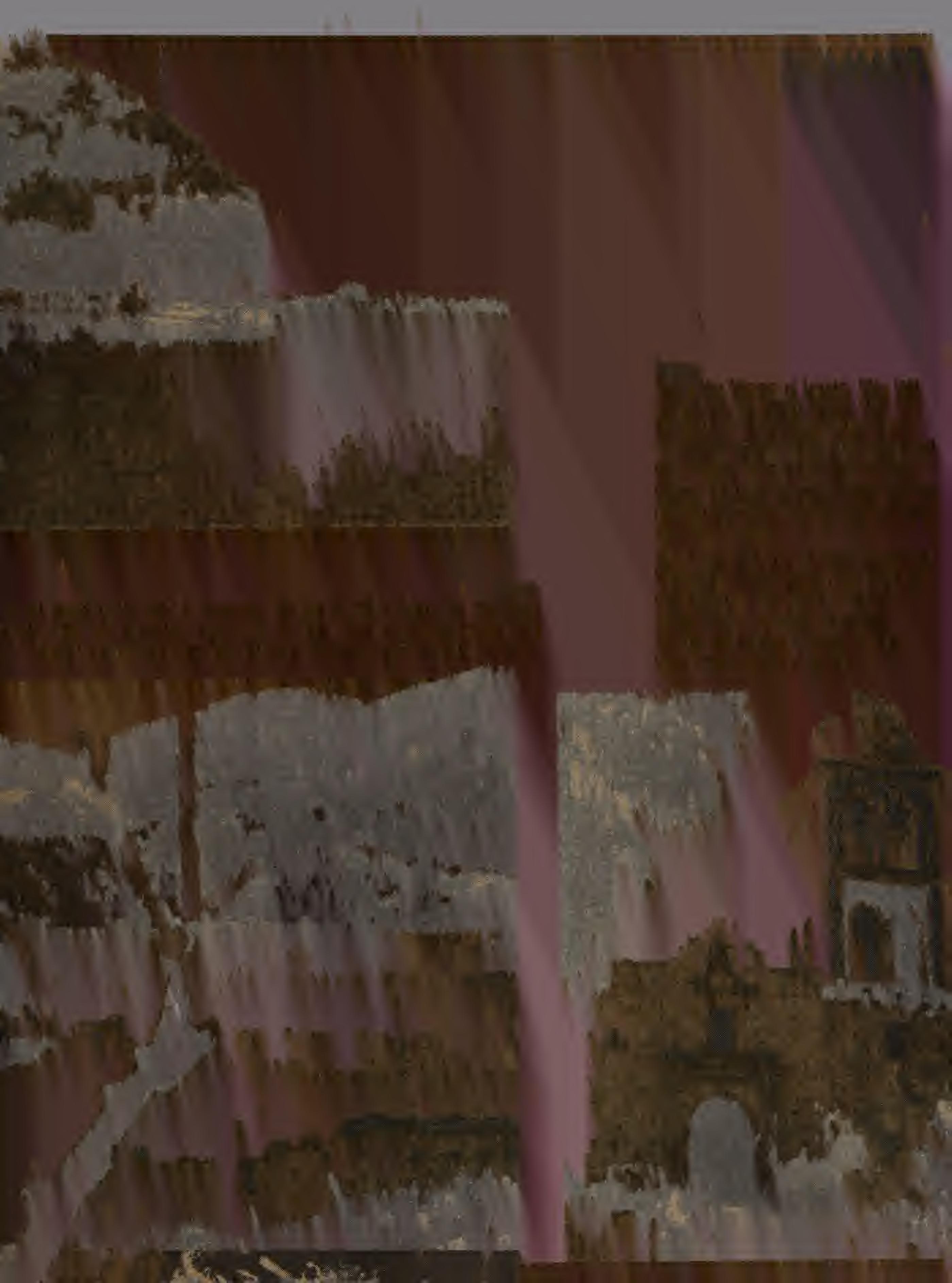
Below. In the photo at far right is 'Maverick.' On the far left is ‘Jinker Jim’ and Sue’s cutter, also from Sausalito. Also at left is 'Feo.' 'Feo' is a double-ended steel boat modeled after the boat Bernard Montissier sailed around the horn. Below. This is the Mission at Loreto. Max tells us that it is the oldest church in all of California. It is the church from which the padres headed north and founded all the missions along the El Camino Real. Loreto is a town of about 4,000, and the paved road in front of the church is the only one in town. Anchorage here is in an open roadstead. The water is fairly shallow, so boats an¬ chor about Vi mile out in 7 feet of water. Max is currently having his 21 -year old Atomic 4 rebuilt for the third time this year in Loreto.

Rancho San Martin is an oasis that can only be reached by boat. The people who live there whip around to other nearby areas on Baja in ‘pangas,’ which are open boats with 50 h.p. engines. The ranchers harvest on the land as well .as the sea.
Land crops (see below) include things like watermelon, canteloupe, squash, dates, corn, and the like. A watermelon costs about a quarter. They also 'harvest' sharks, but you'll have to turn the page to read about that.

When yachties come in to buy produce, it is dropped into the pool for a few minutes to clean the bugs off. Since it is one of the biggest fresh water pools in the Baja area, people frequently jump in to get the bugs off, too.
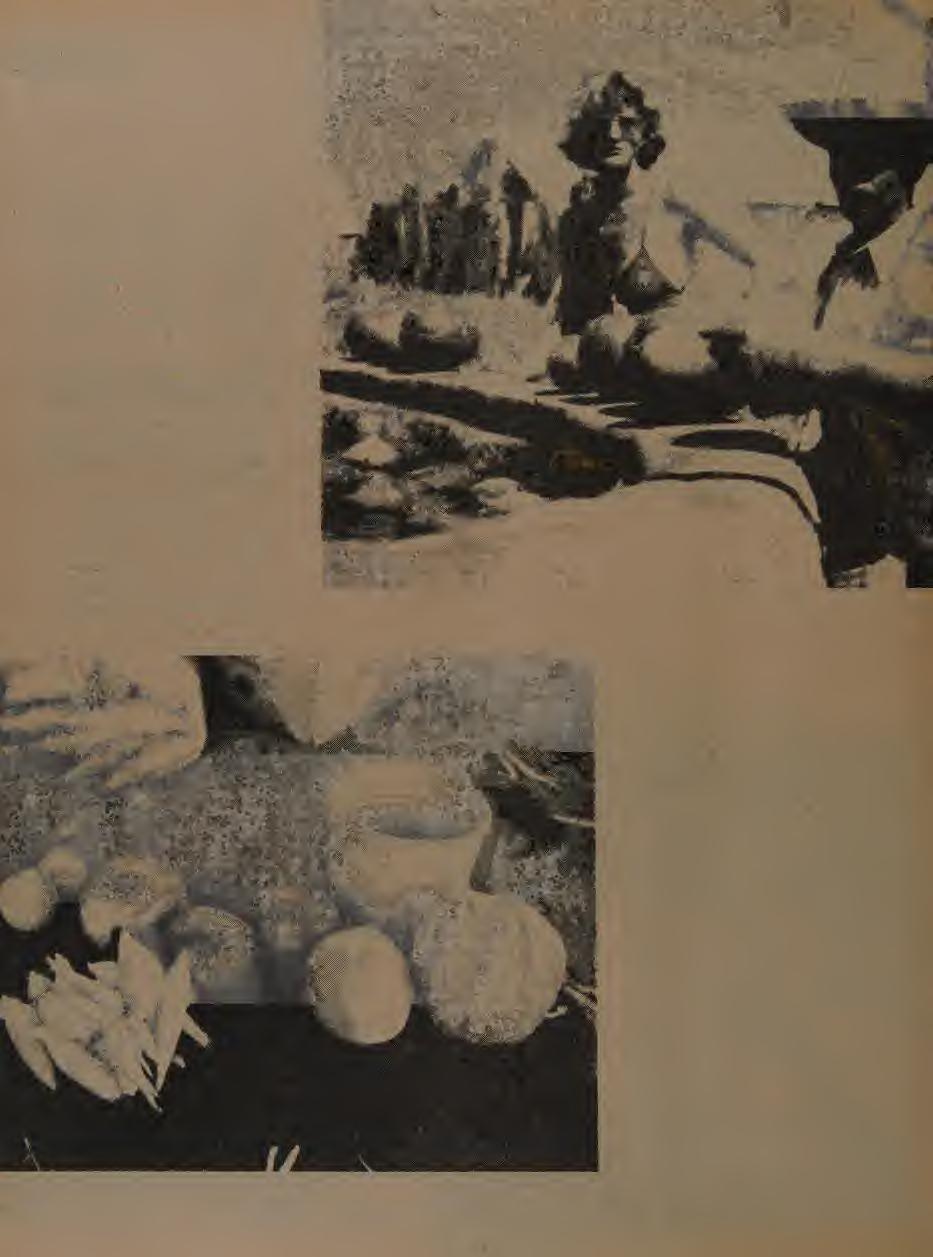
Right. At Manserat Island a group of lobster pose on an inflatible raft'with a young lady and Vera, who is at far right. When we asked Max to identify the lady at left, Max’s eyes sort of glazed over, and his speech became blurred. He mumbled something about her father being president of Costa Rica, or Nicaragua or some place like that, and that she had gone off and become a successful New York model. Her sister, Max recalled, was injured at the Miss Universe contest when the stage collapsed. It’s likely that Max's speech problem was do to the fact that this woman — like many others — often run around with little or nothing on. Lest any of you are thinking of hopping in your boats to sail to Baja to meet naked New York models, be cautioned that this lady was four-wheeling around Ba¬ ja in a Ford Bronco. No class,' eh?
Vera Zenobi with Jim and jo from 'Restless,' a 40-ft. cutter from New Zealand, eating at Loreto tacqeria. Jim and Jo sailed ‘Restless’ from New Zealand to Hawaii, then to Alaska and down to Vancouver. After spending two years in San Diego, they are now stopping in Baja before heading back to New Zealand. How old a cruising boat can you sail around in? 'Restless' was built in 1901. We imagine that it was built pretty well, though.
s
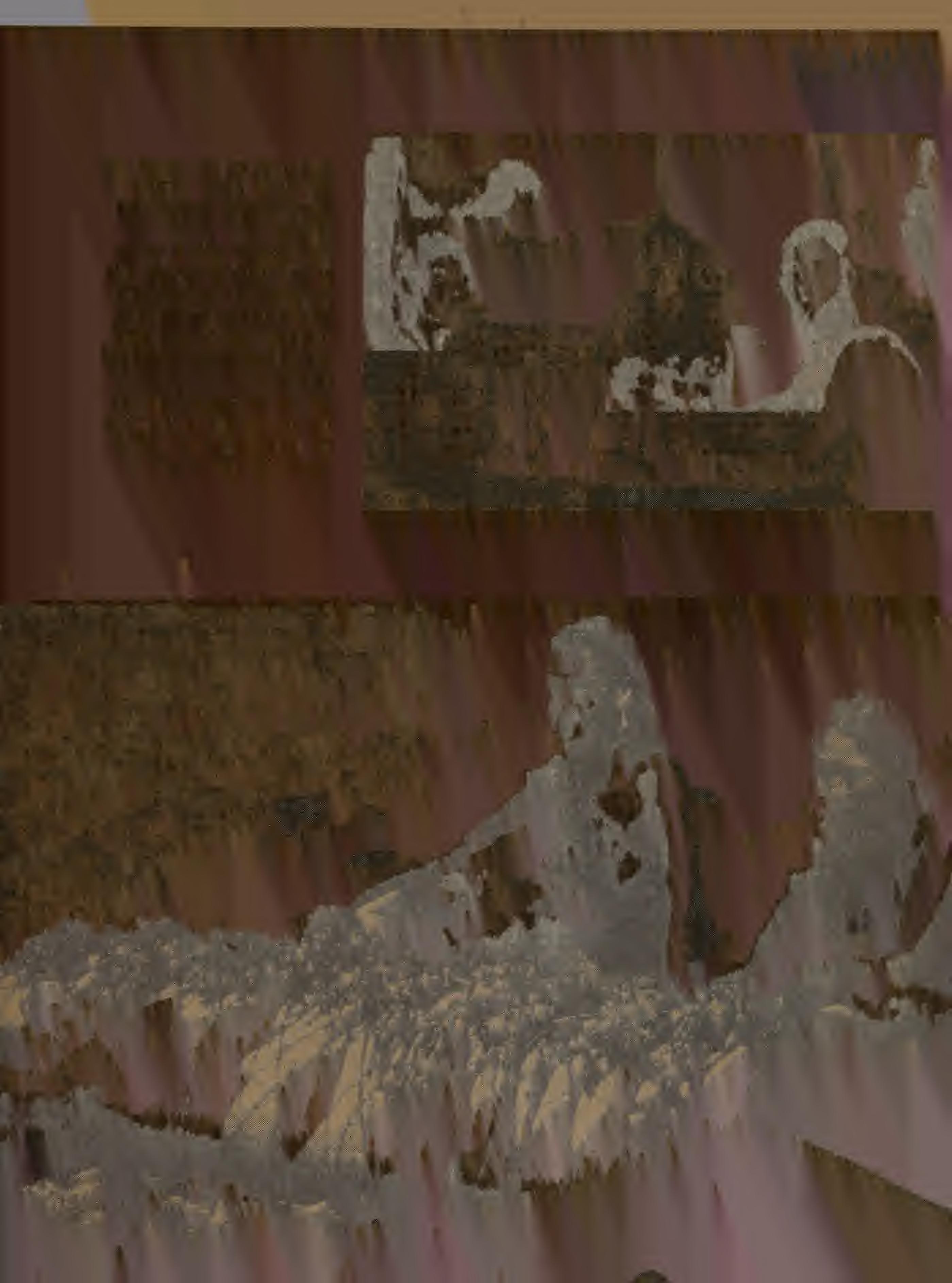
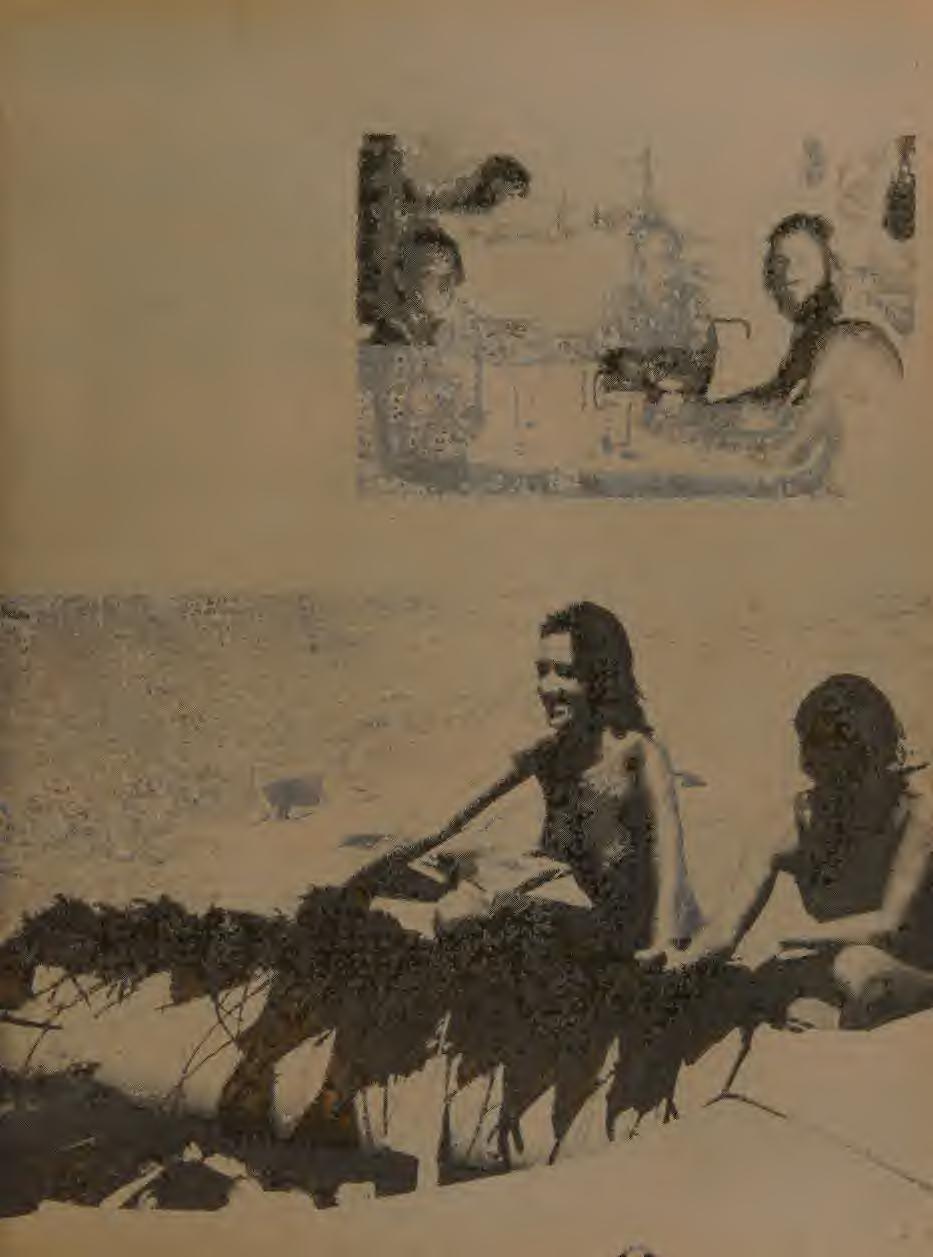
iniii
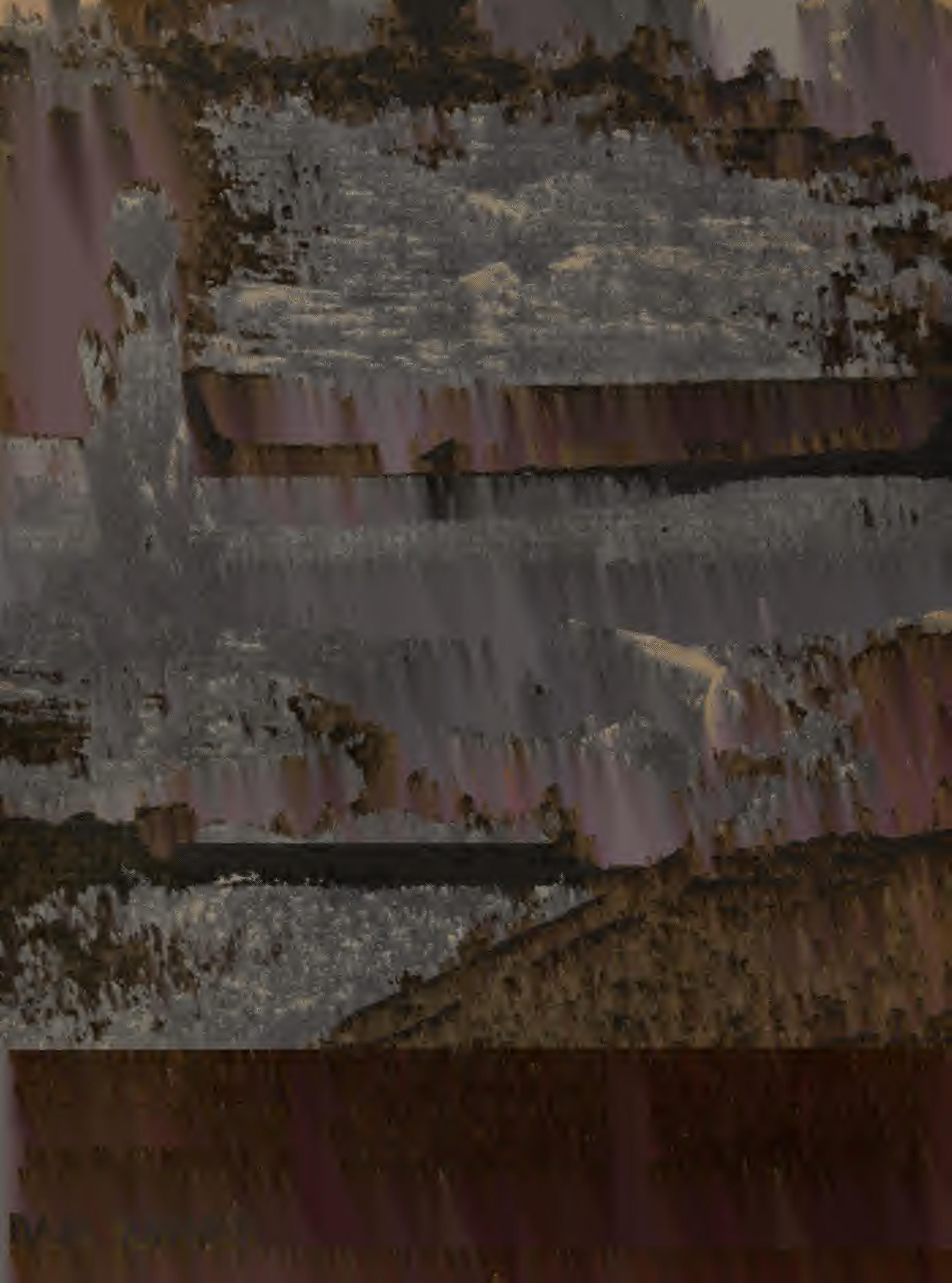
These are some of the ranchers at Ran¬ cho San Martin who harvest sharks. The technique used is a little different than trout fishing. The men take their pangas out 8 or 10 miles into the Gulf, where they bait the hooks with whole fish. The lines are very long with about 50 hooks, all equipped with steel leaders. The next day they return in their pangas to pick up the lines and their catch, usually about 7 or 8 sharks which are dried and sold at the market. If you think maybe they catch 50 or 60 sharks a week, you’d be wrong. Going out and coming back in may only take a day, but if you can imagine what eight sharks hooked on the same line might do, you’ll understand why it takes
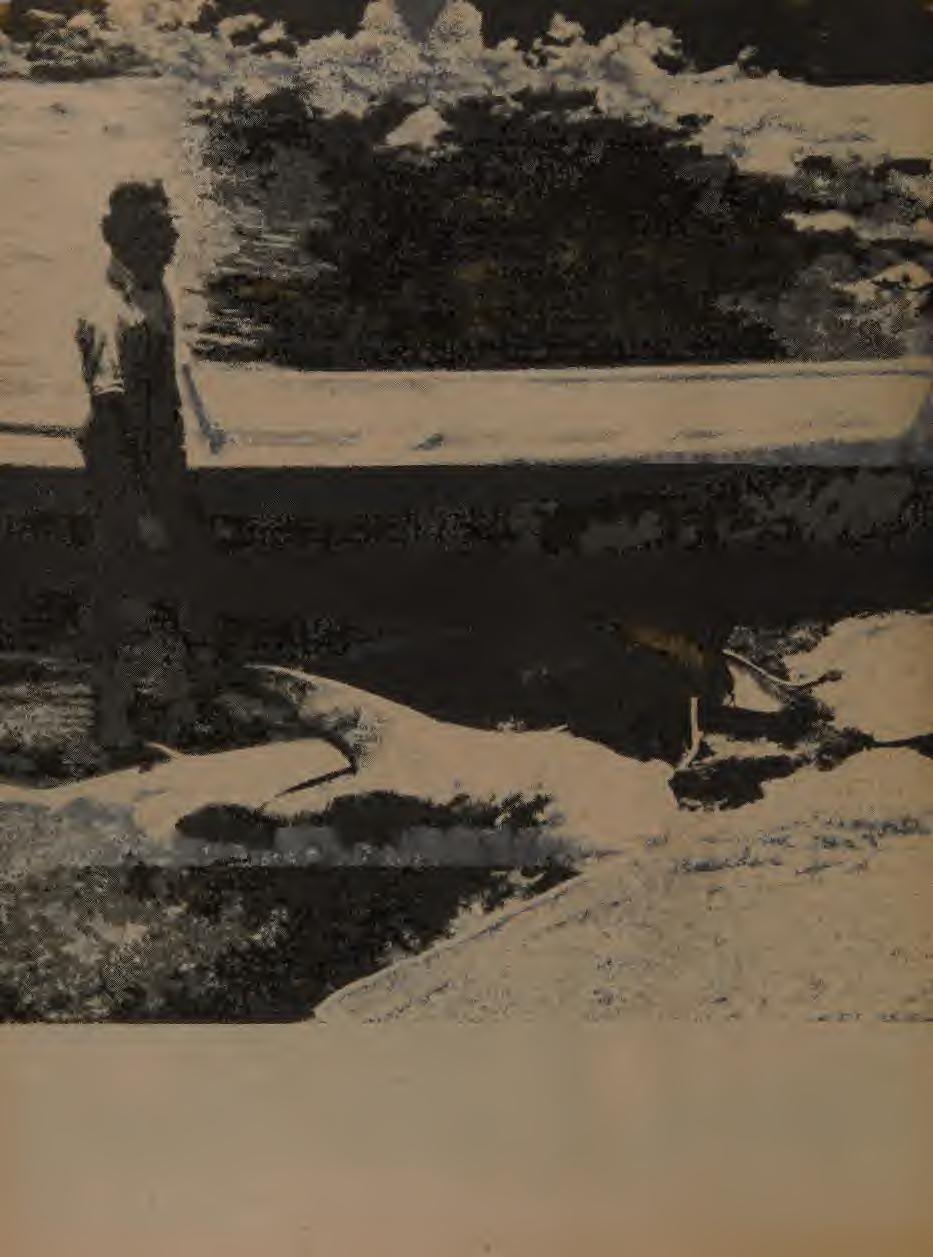
One day at Bahia Aqua Verde a bank of fog rolled in. With daytime temperatures between 100 and I 15 and nighttime temperatures getting no lower than 80, everyone dashed over to immerse themselves in the cool fog. It turned out to be hot fog. Max said it was 95 degrees inside the fog which lasted a couple of hours.
isipil

3 days to untangle everything. In an interesting cultural note, the gentleman on the right is wearing a T-shirt that says: 3rd Annual PORSCHE vs. CORVETTE Wipeout, 1977. Score: Porsche 0, Corvette 3.
Kay Peterson from 'Caprice' dumps her Montgomery dinghy during the American's 4th of July celebration at Escondido. About 40 boats anchored together for small boat races, drinking, and general partying. Highlight of the event was the eating of the roasted pig. One had been purchased in town for the occasion at a cost of about $7. It was roasted in the local bakery.
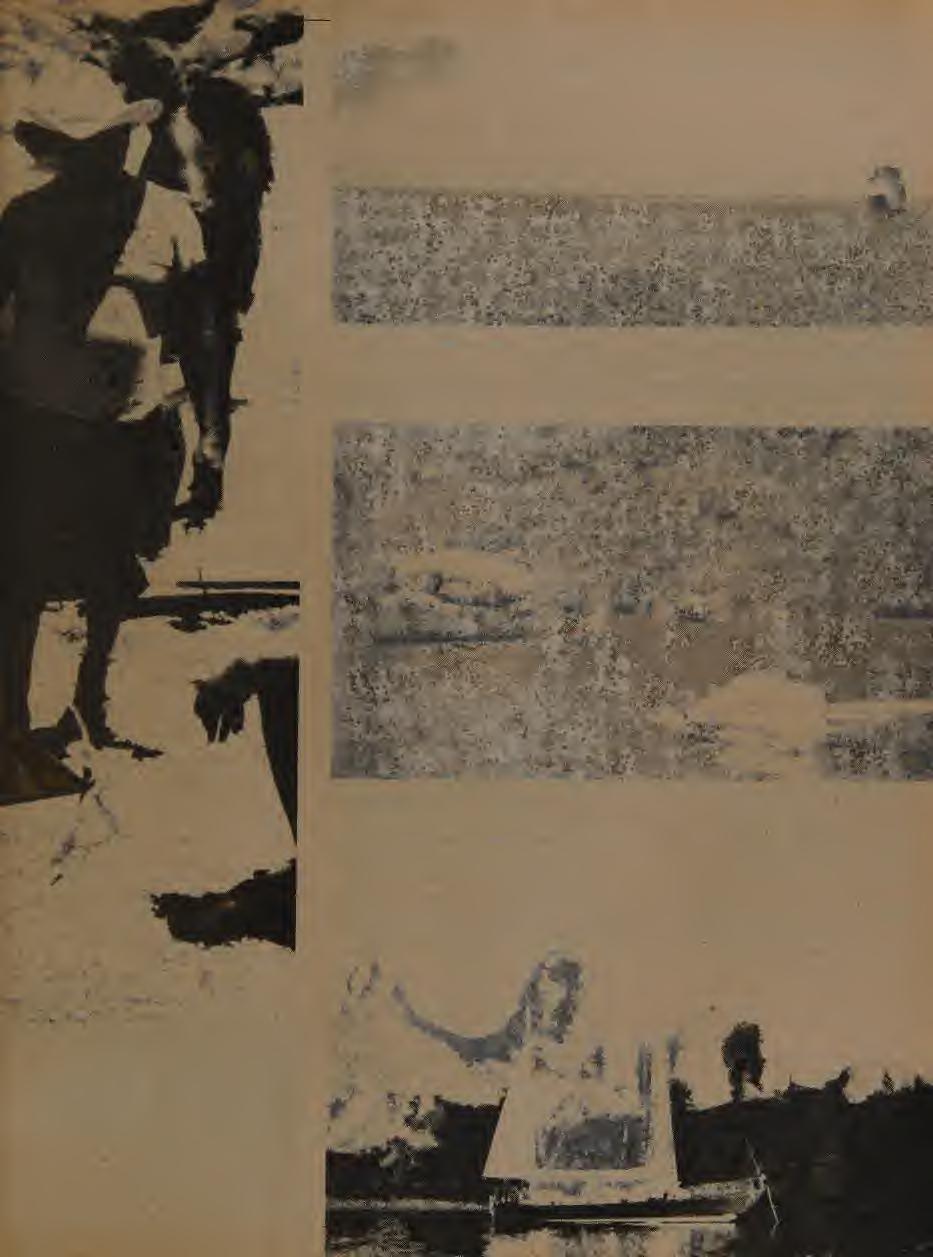
The photo below is 'Maverick' anchored at Isla Danzante Primero, Island of the First
Dancers. There were Indian dancers here when the Spanish first arrived.








